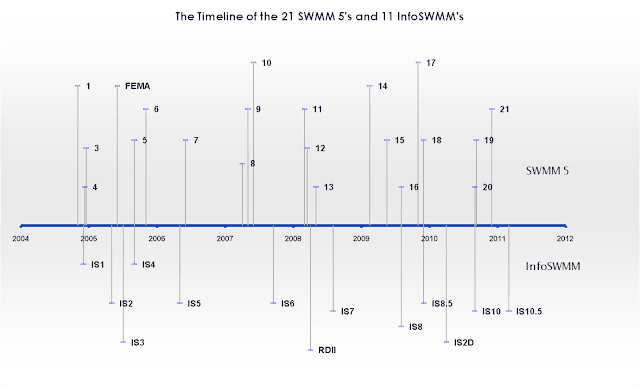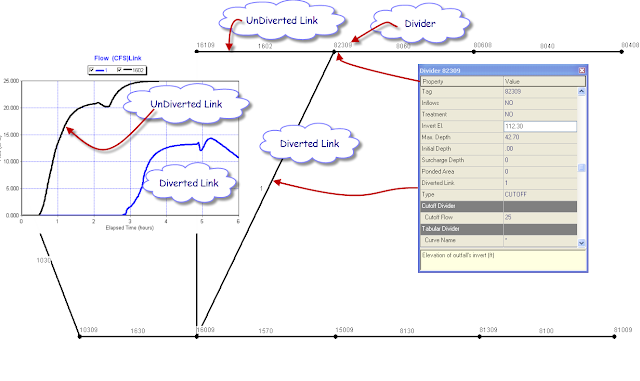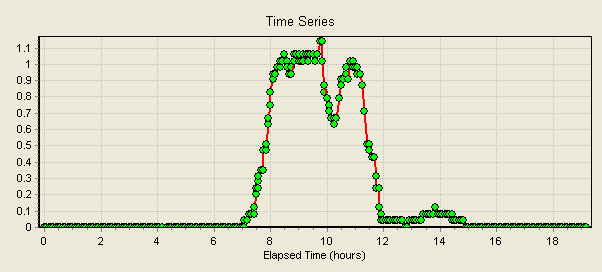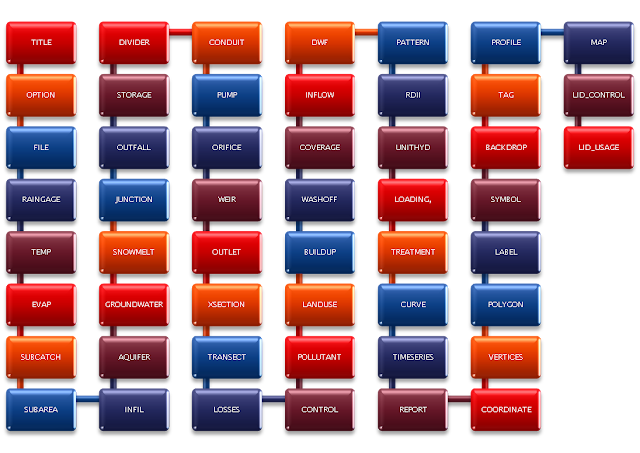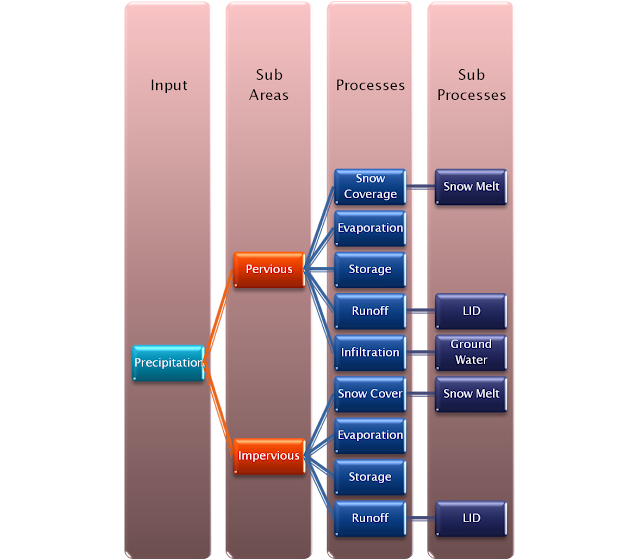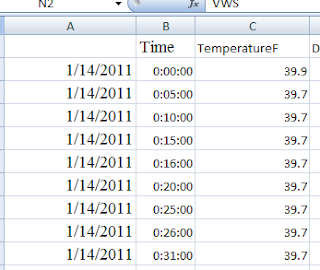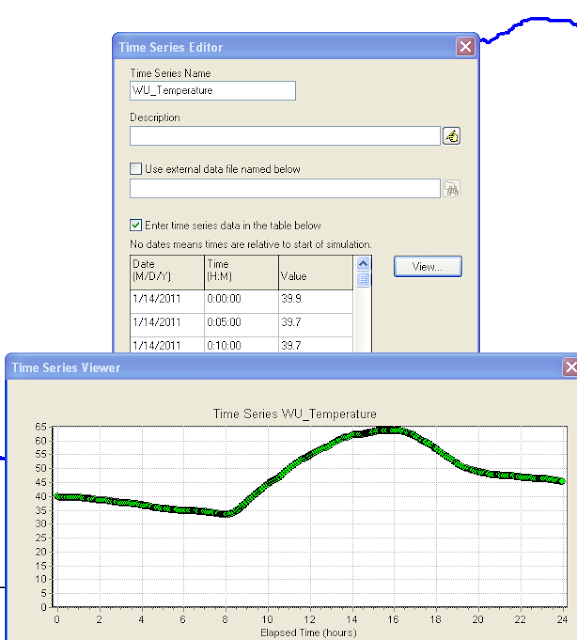
Carl De Souza/Agence France-Presse — Getty Images
Pakistan suffered from devastating floods in 2010, which left these Pakistanis trapped on a strip of land surrounded by water.
An increase in heavy precipitation that has afflicted many countries is at least partly a consequence of human influence on the atmosphere, climate scientists reported in a new study.
Toby Melville/Associated Press
Members of the British Army tried to reinforce floodwalls in North Yorkshire in November 2000, when severe rains flooded England and Wales.
In the first major paper of its kind, the researchers used elaborate computer programs that simulate the climate to analyze whether the rise in severe rainstorms, heavy snowfalls and similar events could be explained by natural variability in the atmosphere. They found that it could not, and that the increase made sense only when the computers factored in the effects of greenhouse gases released by human activities like the burning of fossil fuels.
As reflected in previous studies, the likelihood of extreme precipitation on any given day rose by about 7 percent over the last half of the 20th century, at least for the land areas of the Northern Hemisphere for which sufficient figures are available to do an analysis.
The principal finding of the new study is “that this 7 percent is well outside the bounds of natural variability,” said Francis W. Zwiers, a Canadian climate scientist who took part in the research. The paper is being published in Thursday’s edition of the journal Nature.
The paper covers climate trends from 1951 to 1999 and therefore does not include any analysis of last year’s extreme precipitation, including catastrophic floods in Pakistan, China and Australia as well as parts of the United States, including Tennessee, Arkansas and California. However, the paper is likely to bolster a growing sense among climate scientists that events like the 2010 floods will become more common.
Indeed, an increase of weather extremes has been a fundamental prediction of climate science for decades. Basic physics suggests that as the earth warms, precipitation extremes will become more intense, winter and summer, simply because warmer air can carry more water vapor. Weather statistics confirm that this has begun to happen.
Scientists have long been reluctant to attribute any specific weather event to global warming, but a handful of papers that do so are beginning to appear in the scientific literature. One such installment is being published on Thursday in Nature as a companion piece to the broader paper. It finds that severe rains that flooded England and Wales in 2000, the wettest autumn since record-keeping began there in 1766, were made substantially more likely by the greenhouse gases released by human activity.
In that analysis, scientists at the University of Oxford used computer time donated by the public to analyze the climate of Britain in 2000 as it actually existed and to compare that with a hypothetical climate in which the Industrial Revolution never happened and few greenhouse gases were released.
The computers found that the chances of those memorable floods, which sent geese swimming through city streets, were roughly doubled in a climate with the greenhouse gases.
That it took a decade to come to that conclusion illustrates one of the major problems of climate science at the moment. Researchers are barraged with questions about weather extremes like the recent winters in Europe and the United States and the heat waves and droughts of last summer.
Yet, even when adequate weather statistics are available for an affected region, the scientists need years to run computer analyses of any specific event and calculate whether it was made more or less likely by global warming.
In a briefing for reporters, a leading climate scientist for the British government, Peter A. Stott, acknowledged a need for more rapid analysis of weather extremes and said that researchers were working to develop this capability.
The problem is becoming more than theoretical. Billions of dollars have been pledged by rich countries to help poor countries adapt to climate change.
“Because that money is on the table, it’s suddenly going to be in everybody’s interest to be a victim of climate change,” said Myles R. Allen, a University of Oxford researcher whose group ran the British flood study. “We need urgently to develop the science base to be able to distinguish genuine impacts of climate change from unfortunate consequences of bad weather.”
The analyses being published on Thursday can be expected to draw fire from climate-change contrarians, who have long scoffed at computer simulations of the climate. They point out that such programs cannot fully capture the complexity of the real world.
Mainstream scientists acknowledge that point to a degree but contend that the programs are becoming more accurate. They also note that the programs are the only tools available to answer questions about how much humans are influencing the climate.
“In the future, it won’t be enough for your weather service to predict the weather,” Dr. Allen said. “They’ll have to explain it as well.”
Sure wind power contributes only fraction of what coal does to the U.S. electrical grid, but it turns out it's already competitive with natural gas in some markets. Yes solar photovoltaics are expensive, but costs are falling fast (as opposed to nuclear power) and it's only a matter of five or 10 years at current rates before even PV arrays make economic sense for select consumers.



